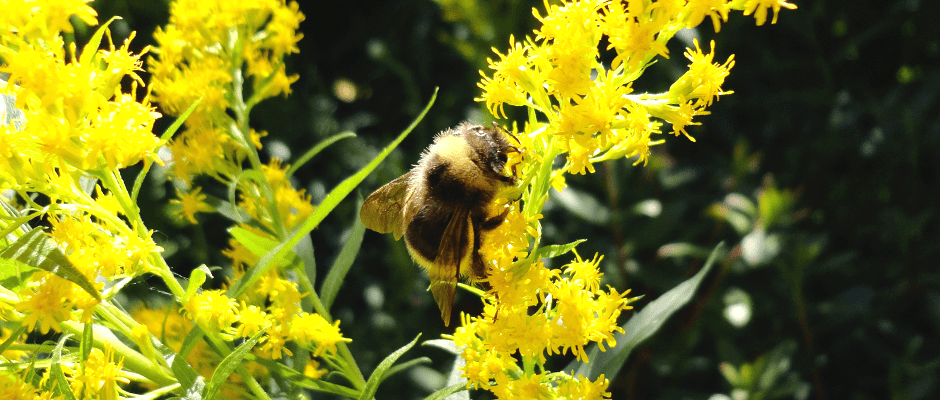Share this article
Tracking the spread of bee pathogen in North America
In the game of chess, taking your opponent’s queen puts the rest of the kingdom in danger.
Taking queen bumble bees from the U.S. to Europe in the past might have also caused some serious problems for bee populations, according to new research.
In the early 1990s, Europeans took North American queen bee species back to Europe and reared them in facilities before shipping them back to North America so they could pollinate plants that provide tomatoes, peppers and other vegetables.
But according to a new study published in the Proceedings of the National Academy of Sciences, it’s possible that this helped facilitate the spread of fungal pathogen Nosema bombi from commercial to wild bumble bees that were first observed to be declining around the same time in the western U.S.
When the commercial industry sold colonies of bees to greenhouses in the U.S., the domesticated bees would often come and go back into the wild and even preferred wild flowers to the tomato plants they were supposed to be pollinating, according to Sydney Cameron, lead author and professor at the University of Illinois Department of Entomology.
After conducting a study in 2011 that showed that, in fact, some species of bumble bees were declining in the U.S. and that N. bombi was more prevalent in the declining populations than those that were healthy, Cameron conducted this second study to determine if the pathogen could have caused the decline in the infected species and if it was a novel pathogen that came from Europe.
To test this hypothesis, Cameron and her team collected museum samples before, during and after the colony domestication in the U.S. and found there was a major increase in N. bombi at the time of domestication. While they found the fungus was present in individuals as far back as the 1970s, from 1980 through 2010, they saw a significant increase after commercialization began.
“The Nosema peak in prevalence was in the mid to late 1990s in the declining species studied,” she said. “This correlated with the domestication industry.” In fact, Cameron said one of the facilities growing bumble bees in North America reported a massive outbreak of Nosema to the USDA, requesting a new species to rear around this time since the others had died off. And further, of the five declining species studied, four of them were in the same genus and all were close relatives of the species grown in Europe.
To test the notion that the bumble bee pathogen was introduced from Europe, the team then looked at the genetic diversity in North American bumble bees before and after domestication as well as bumble bees in Europe. They found low genetic diversity and few genetic differences, however, between the Nosema in the U.S. and Europe. This finding did not support the hypothesis that a novel strain of the fungal pathogen was introduced to North America.
Is it too late for the bees?
While Cameron’s study didn’t detect a novel Nosema strain in the U.S., she says whole genomes need to be looked at to determine if there is any unique genetic diversity they might have missed. For example, there might be a new virulent strain that evolved as a result of commercial rearing in North America, she said, but only whole genome sequencing would likely detect such a mutation.
But for now, Cameron said it’s important to caution other countries considering the use of imported nonnative bumble bees for pollination about the effects of spreading pathogens via commercial transport of colonies.
As for the bee species that are already suffering declines from the pathogen, Cameron said it’s possible for some of them to gradually become resistant and rebound. However, in order to do so conservationists need to make sure potential threats to wild bees such as pesticides and climate are under control.
“Time will tell whether they rebound back into the regions where they used to be common,” Cameron said. “This will require ongoing observations. It will be important for the commercial industry to respond to the need to stop shipping nonnative species and to continue to develop the potential to grow the species that are found within an area.”
Header Image: A western bumble bee (Bombus occidentalis). ©mo.do








